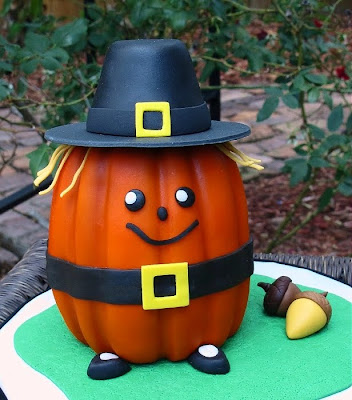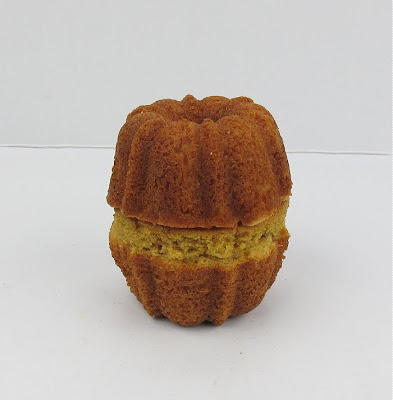Hi sweet friends!
Since we are in the throws of summer, today let’s talk about America’s favorite past time: baseball….but in all sugar! Here’s some sweet baseball projects that will hopefully inspire you to create your own.
How about a 3D baseball glove all made of cake! So realistic it will knock the (baseball) socks off your guests! With just some easy carving and simple airbrushing, it’s a home run.
Next we have a baseball cap cake so real looking it’s sure to fool people! Tip: Add your hometown colors and make it a game day treat
Finally, this array of baseball themed sugar cookies is sure to be a crowd pleaser! Sweet butter cookies decorated with royal icing details, even down to the tiny stitching!
Try these next time you need a baseball themed treat and you’ll hit a grand slam!
** Our school contributors did an amazing job putting together tutorials on these. Thanks to Charity Fent Cake Design, LilaLoa Cookies and Sandy Thompson.
Until next time, happy caking!
Sharon


























































































































